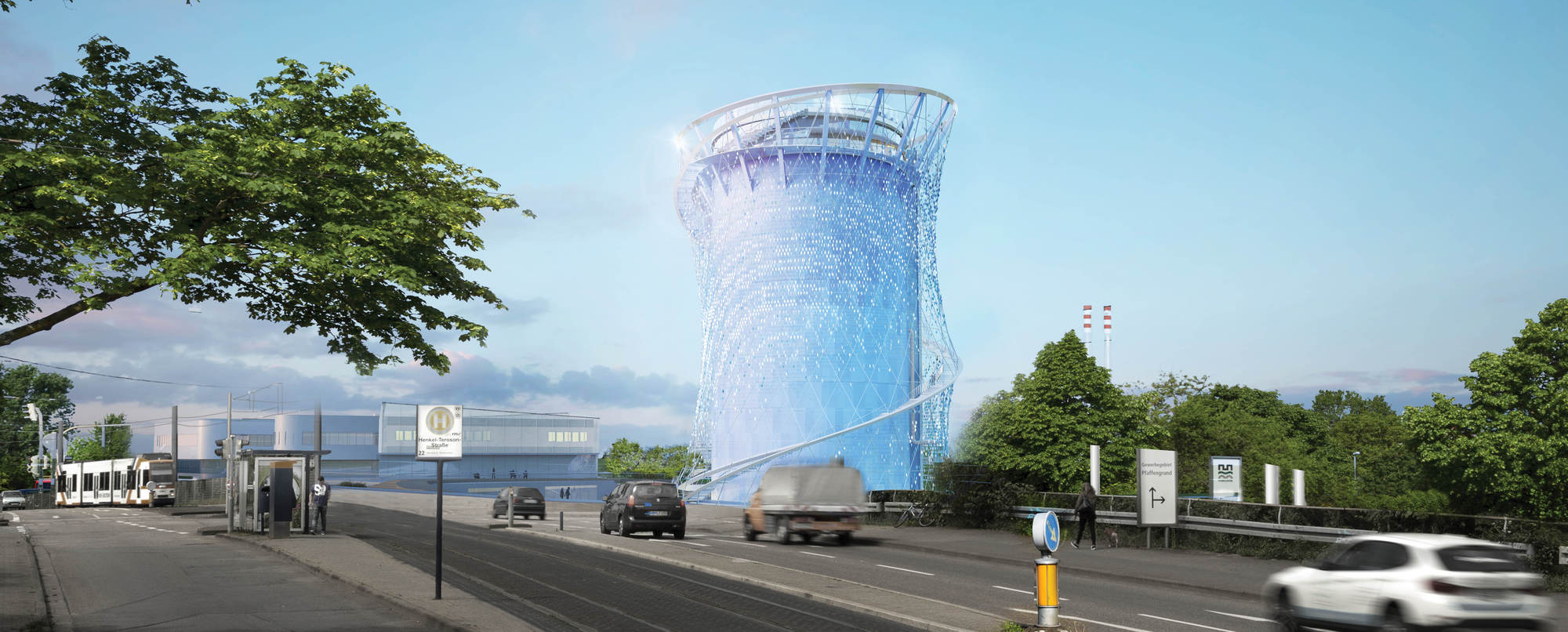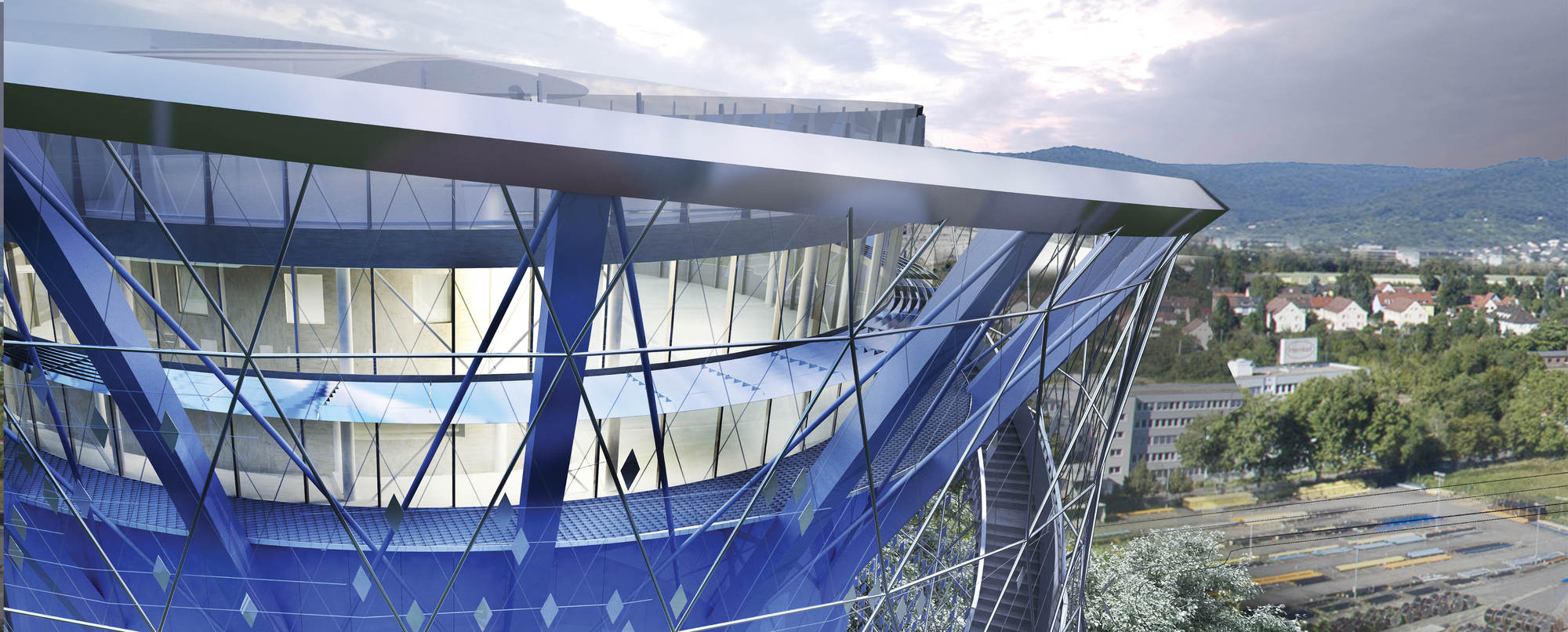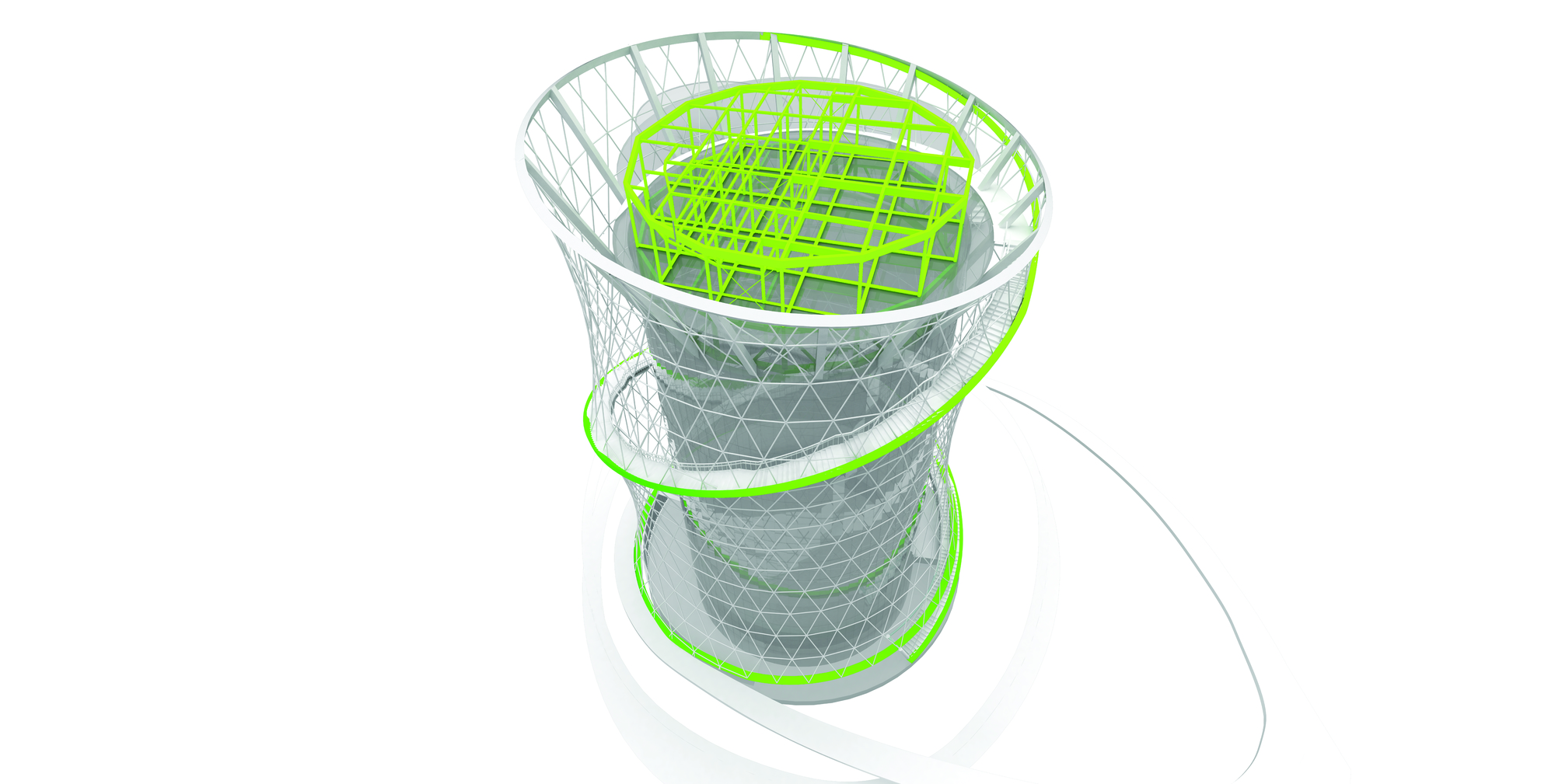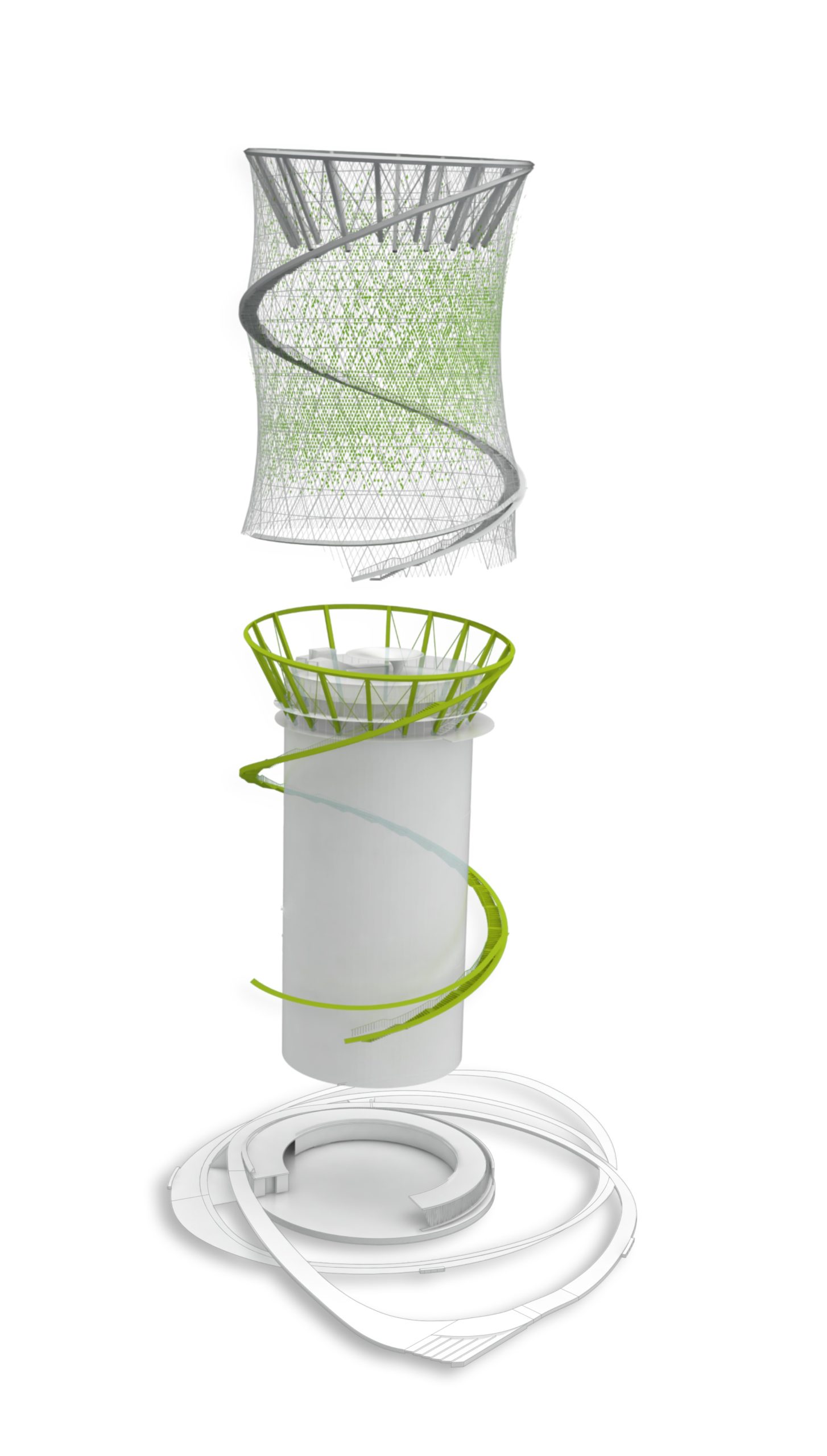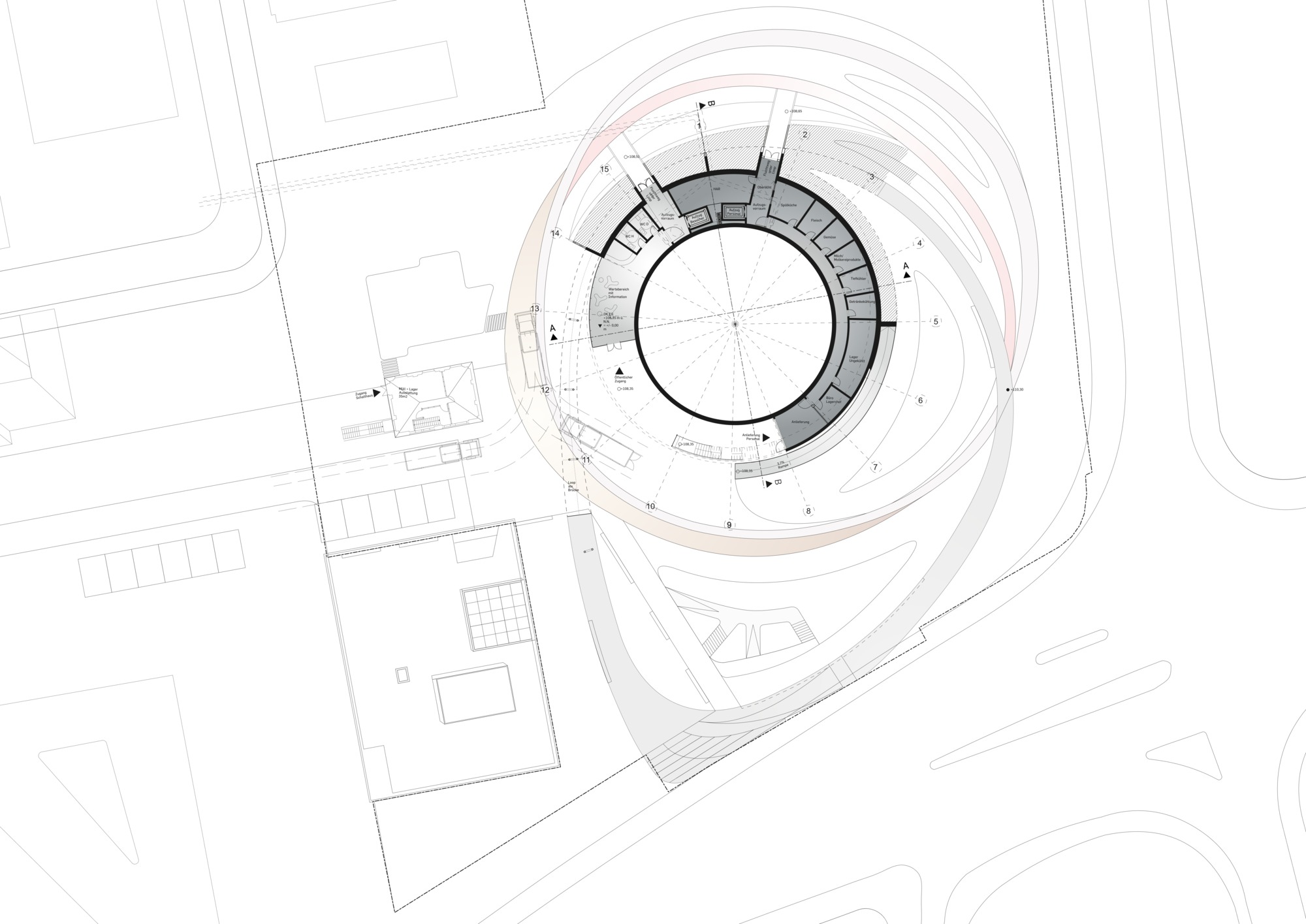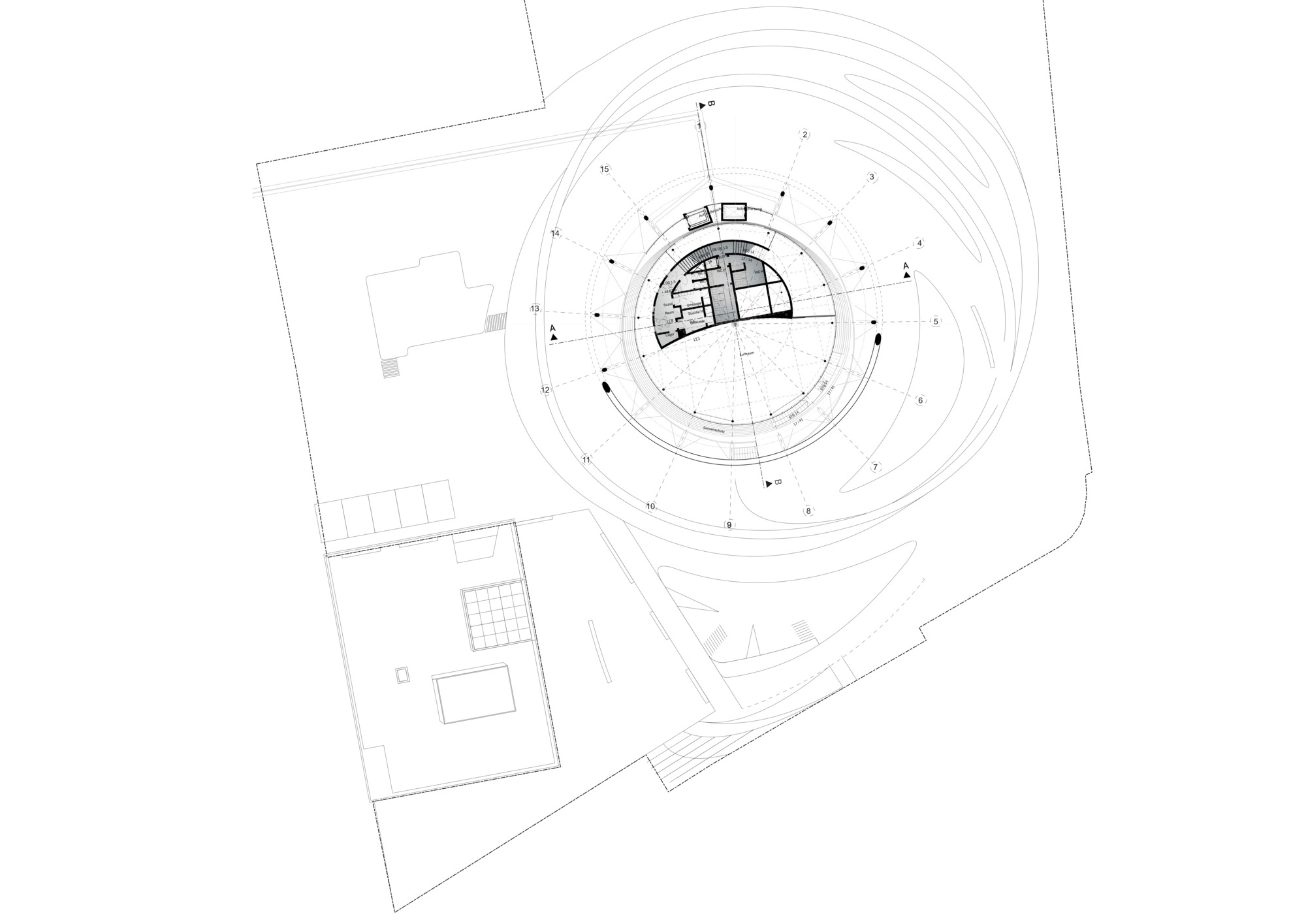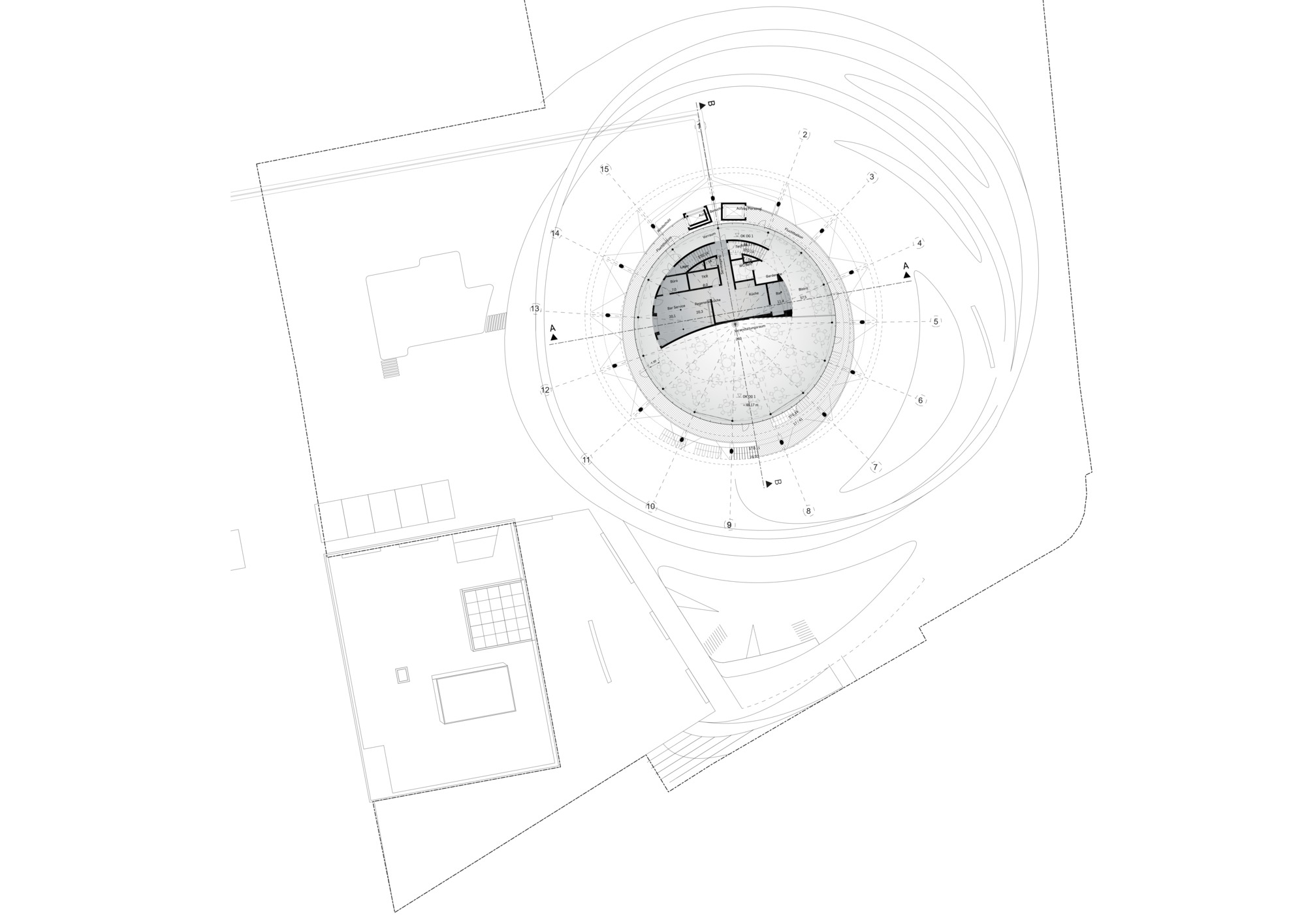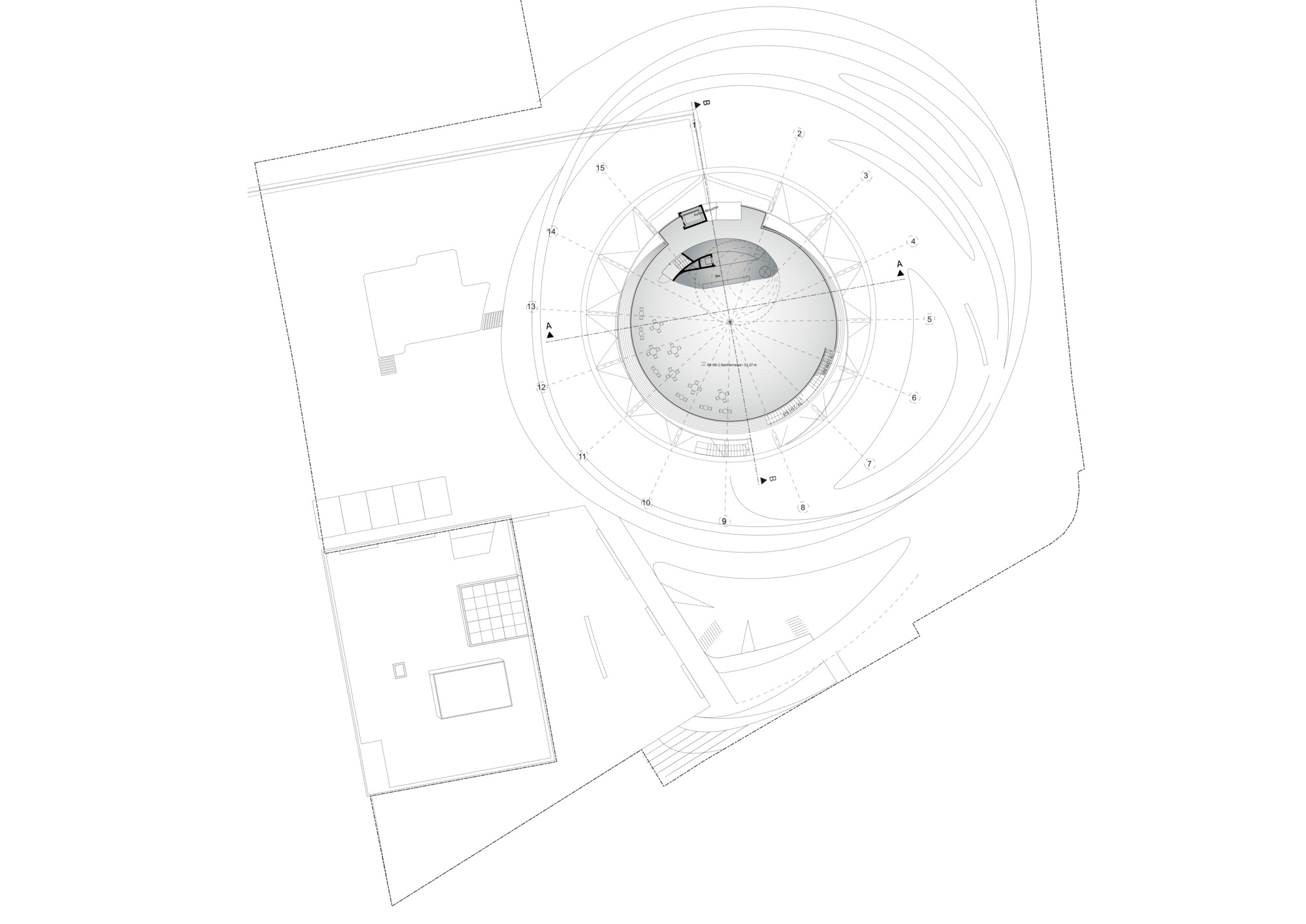The construction of LAVA’s sculptural redesign of the energy storage tower for Stadtwerke Heidelberg (SWH) in Heidelberg, Germany, has just commenced. LAVA (Laboratory for Visionary Architects) worked on enhancing the appearance of the 56-meter-tall cylindrical structure and turning it into a landmark for Heidelberg and an icon of sustainable energy. Their plan for the city’s new tallest building includes a new park to surround it and façade renovations that introduce nature-inspired geometries.
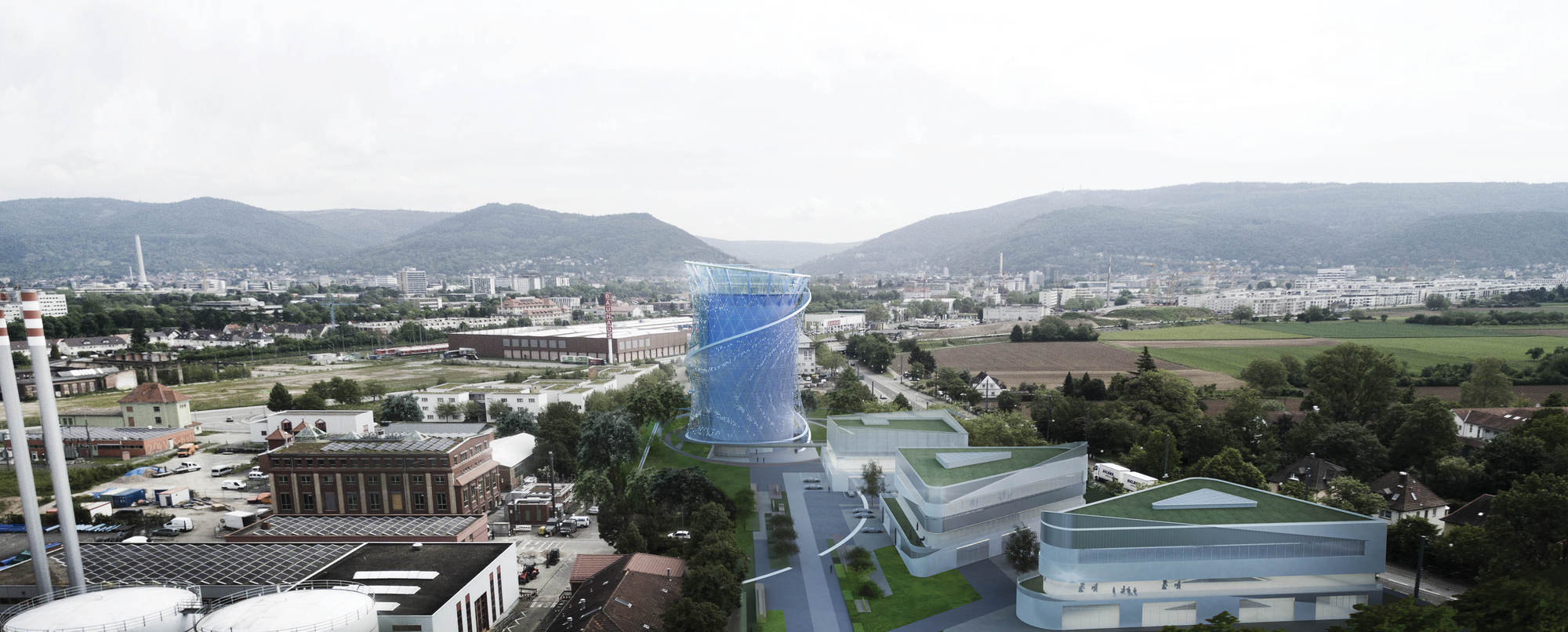
Courtesy of LAVA
The new façade has multiple layers, including 11,000 stainless-steel plates of diamond shape. The plates are attached to a network of steel cables and can move freely in the wind within a 45-degree-range. The architects claim that a number of plates are directly relevant to the number of houses benefiting from the tower’s energy.
Blue panels of mineral wool compose the façade’s insulating inner layer. The panels are lit at night using energy-saving LED lights. Moreover, these lights make the energy tower look like a giant battery by showing the amount of energy that the storage tank contains. The new design involves illumination, motion, and shadow features that change with the seasons or the hours of the day.
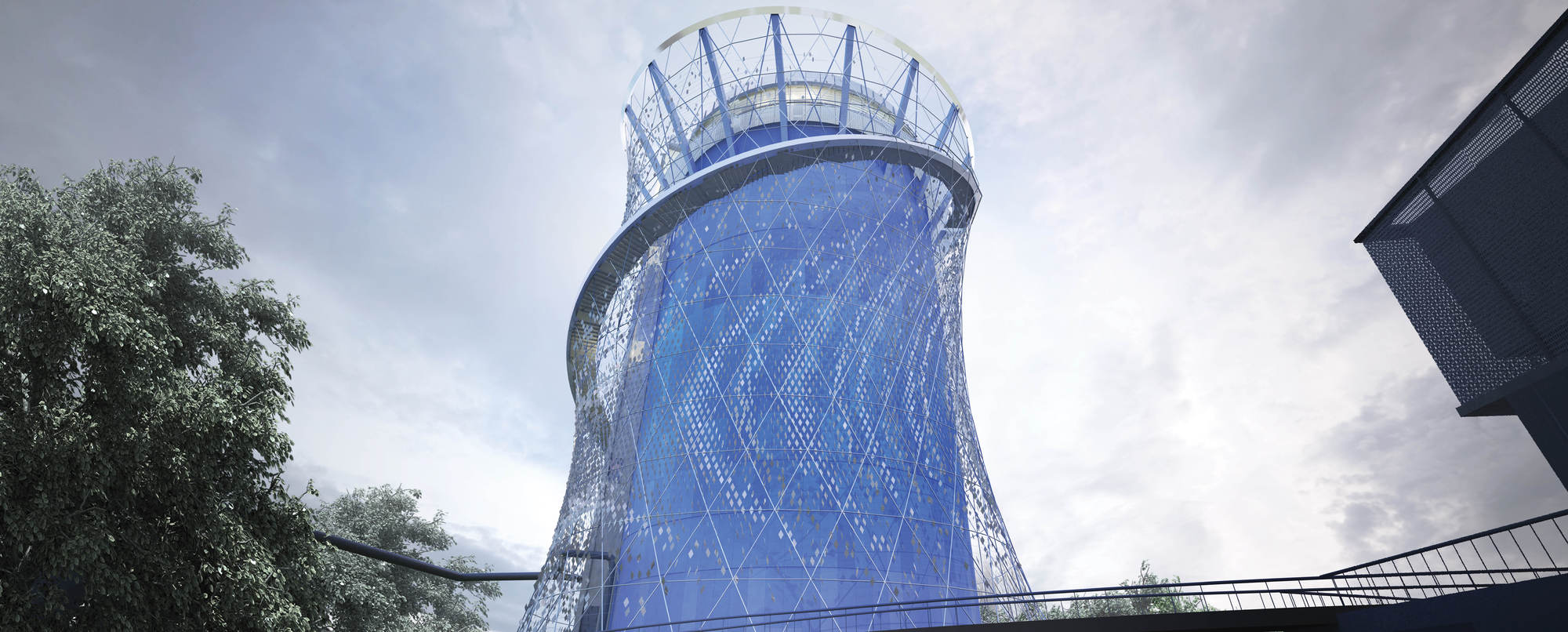
Courtesy of LAVA
In 2016, the firm won the competition to design the energy tower. The design underwent many tests like wind tunnel testing and solar investigations to ensure its viability. The different kinds of energy produced, like wind and solar energy, will be sold and used to heat water up.
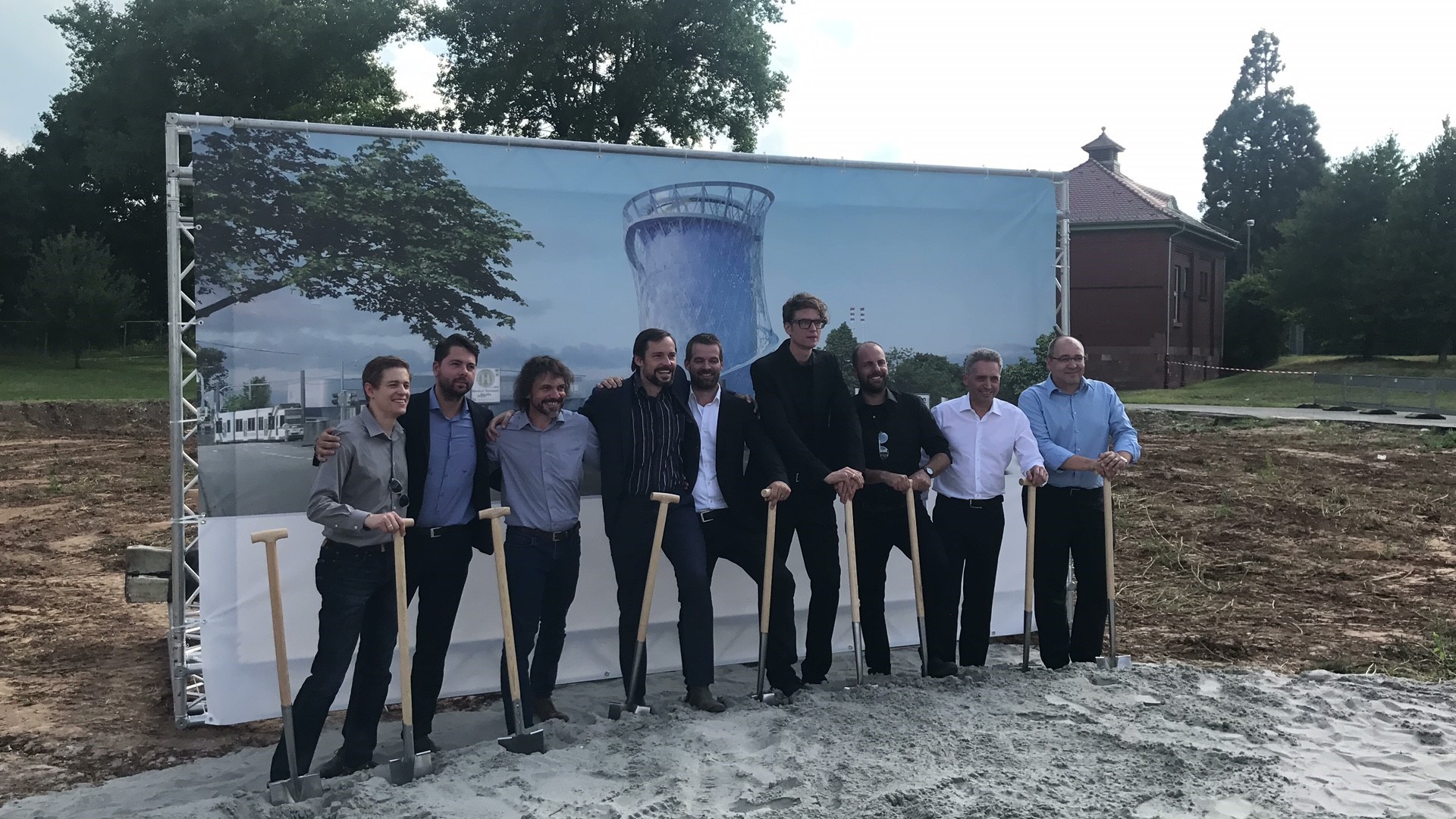
Courtesy of LAVA
A spiral staircase on the exterior, as well as two elevators, will help people ascend the tower and reach the roof. The roof is designed to have open-air terraces and small-scale restaurants, and an open view of Heidelberg. The 10,000 square-meter site encompasses a park that has got several crossing circular walkways. Dubbed as “energy loops”, the pathways will extend to the borders of the vast park area. The construction process is expected to be completed in the summer of 2019.
Tobias Wallisser, director of Lava commented: “LAVA’s design will transform the new water tank, a cylindrical-shaped storage center, into a dynamic sculpture, a city icon, a knowledge hub on sustainable energy, fully accessible to the public, a strong symbol of the transition towards renewables”.
Courtesy of LAVA
Courtesy of LAVA
Courtesy of LAVA
Courtesy of LAVA
Courtesy of LAVA
Steel Structure
Diagram
Site Plan
Ground Plan
Mezzanine Plans
Event Space Plan
Roof Plan
Courtesy of LAVA


